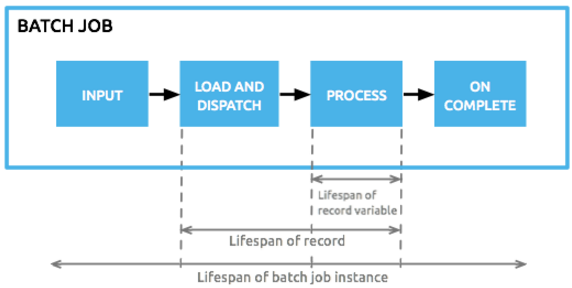I am just now looking into ways to colour correct 1000’s of images in an image folder on my apple mac to save me hours and days – months of time! I have batch processed images to correct colors years ago but long since forgotten how to do it – so here is what I found. But first a quick note – you can often use several ways in photoshop to get the same result – for example Curves and Levels (under Image in top menu) can both be used to Auto-Correct images and color casts etc.
Step 1: Colouring Automatically
Option a: Auto Color Command (under Image > Auto Color)
This is great for subtly adjusting or removing strange color casts (After this Auto Levels is recommended). Auto Color adjusts both color and contrast of an image based on its’ shadows, mid-tones and highlights. Normally one would use this command to remove an overall tint or ‘colorcast’ to balance the colors in an image. Auto Color is great at correcting undersaturated or oversaturated image colors in a flash. Find the Auto Colour command from the top menu under Image > Auto Color or press quick-keys Shift+Command+B on Mac and Shift+Ctrl+B on PC. Though not normally necessary you can tweak and customize its settings on the fly in the Auto Color Correction Options dialog box.
Option b: Curves (or Levels can do same) Command (under Image > Adjustments > Curves/Levels etc)
Note when I tested Auto Levels (clicking [Auto] in Levels dialogue box) it gave very similar (but not exactly the same) results as using Auto Curves (clicking [Auto] in Curves dialogue box) but also note; repeating this process with Curves or Levels is not a good idea as unlike Auto Color it compounds the changes and eventually ruins the image. To access Curves under Image > Adjustments > Curves or just press cmd M on mac. Here you can hit the Auto button and normally get a great results. Note you can also try Levels (Image > Adjustments > Levels) or Auto Contrast by simply choose Image > Auto Contrast or press Option+Shift+Command+L on Mac and Alt+Shift+Ctrl+L on PC.
Summary on Color Adjustment
After my tests I suggest running 1 Auto Color (to correct hues/color cast) and 1 Auto Levels/or Curves (run the latter once only!). When I ran 1st Auto Levels then Auto Curves (which give slightly different effects) – and then ran the same in reverse (Curves first then Levels) the result was the same. In other words the order did not noticeable affect the image which came out rather well.
Step 2: Record an Action (like adjusting Levels)
To Record an action…
- Open an image that needs to be adjusted.
- Go to Actions menu (under Windows > Actions or seen by clicking the << to the top right of the image/screen to expand the options and functions).
- Click new icon (it will prompt you to create a new action).
It will then start recording, do what ever you want to do to the image - Now stop recording the image.You can now tell it to do a batch command and it will automatically fix the photos. I suggest you tell it to leave the files open, as resaving them as jpgs will make them loose some quality, but it might be negligable.
How to apply Action to a single image in PhotoshOp C6
- Find the desired action to run in the Actions panel.
- Click the triangle to the left of the name to expand the list of available actions.
- Click the action you want to play and from the top right corner menu, select “Play.” …
- The image will adjust according to the settings within the action.
Step 3: Batch Processing Color Correction (or any other command)
This is under File > Automate > Batch. Now this is where Photoshop gets really powerful. Now you have decided what function to use for your color correction in Photoshop you can use one of it’s most time-saving features. Say you want to batch process and color adjust hundreds or thousands or images –
More Resources to Automatically Batch Correct Colours in Photoshop

